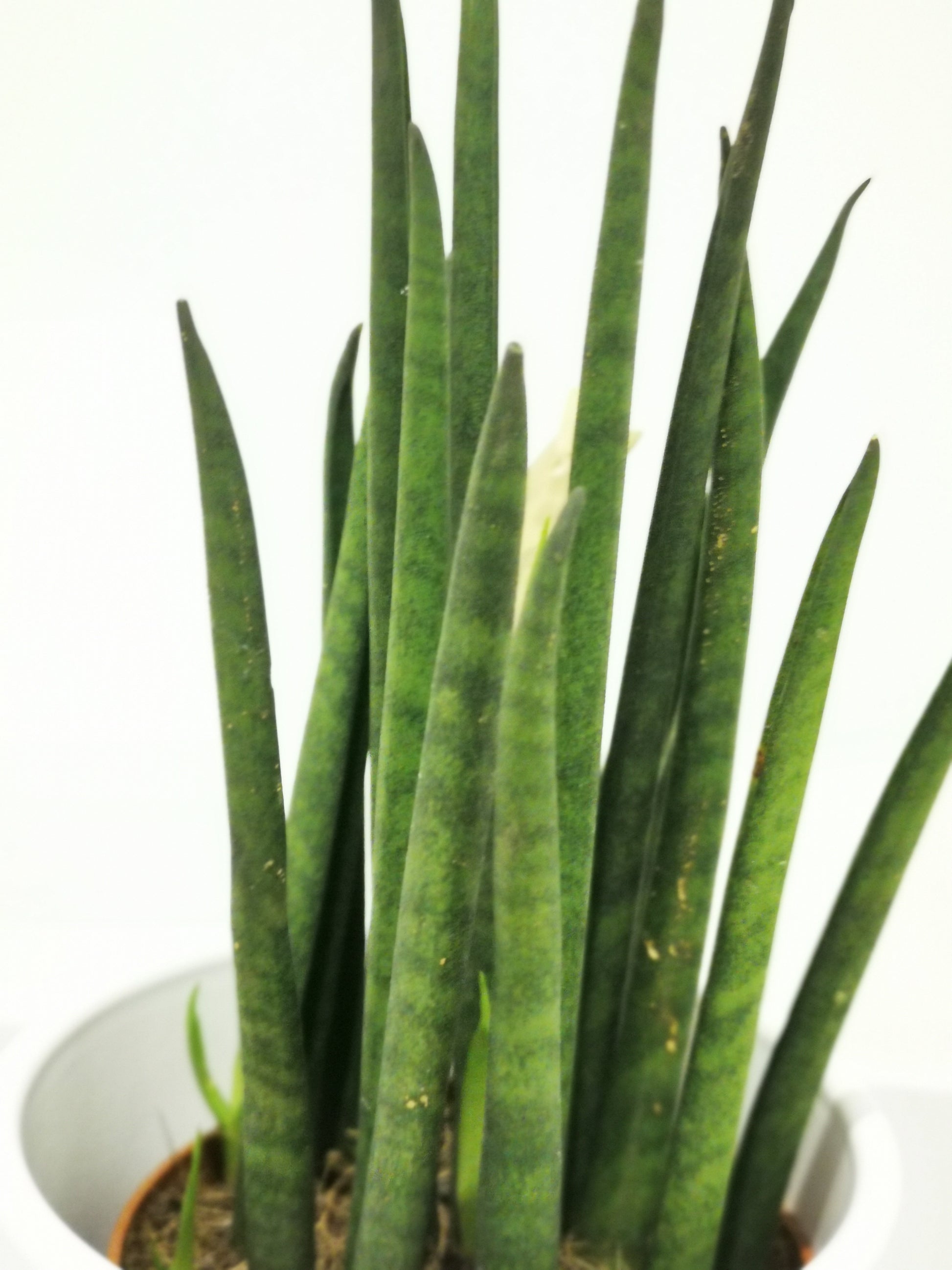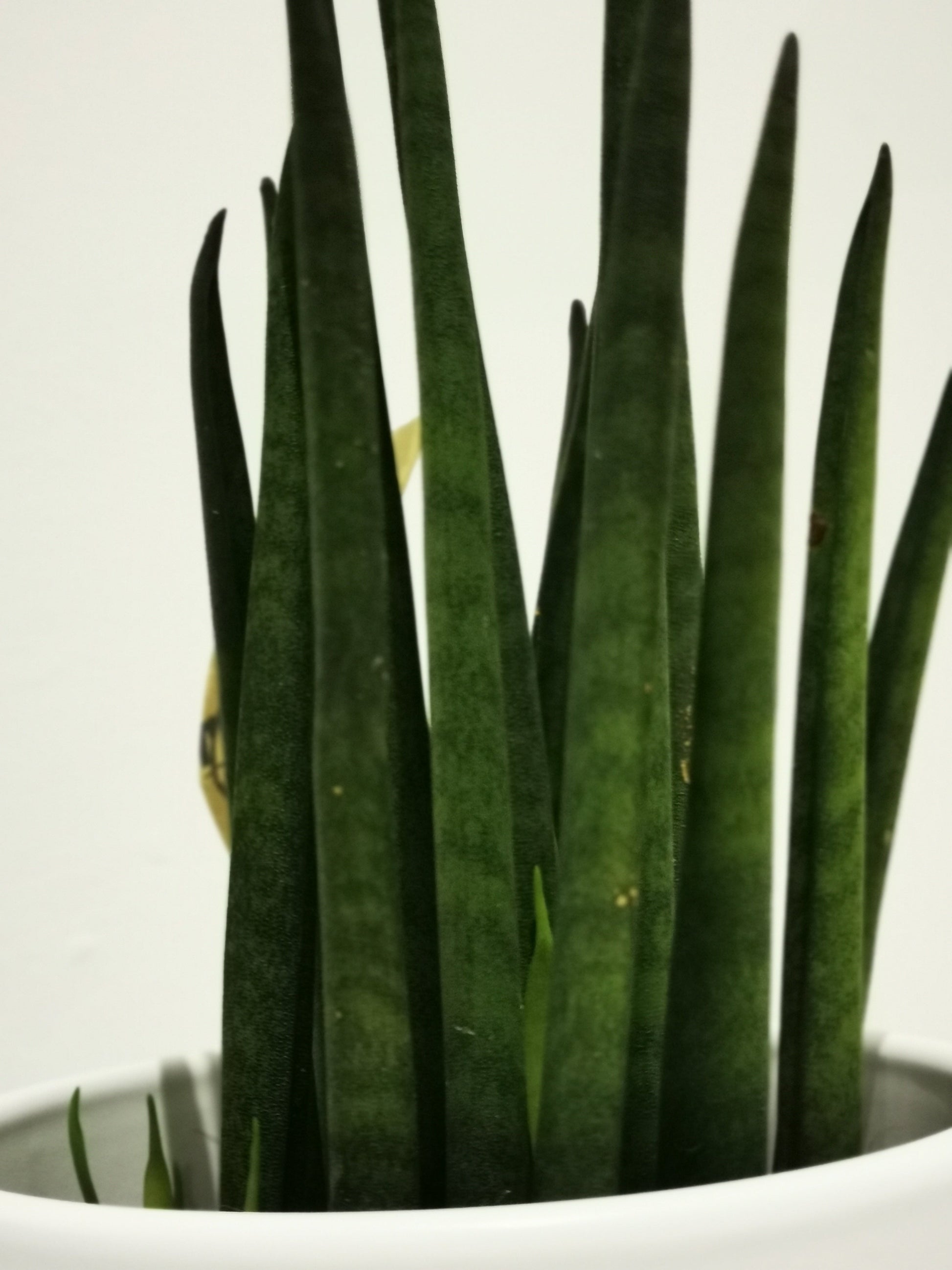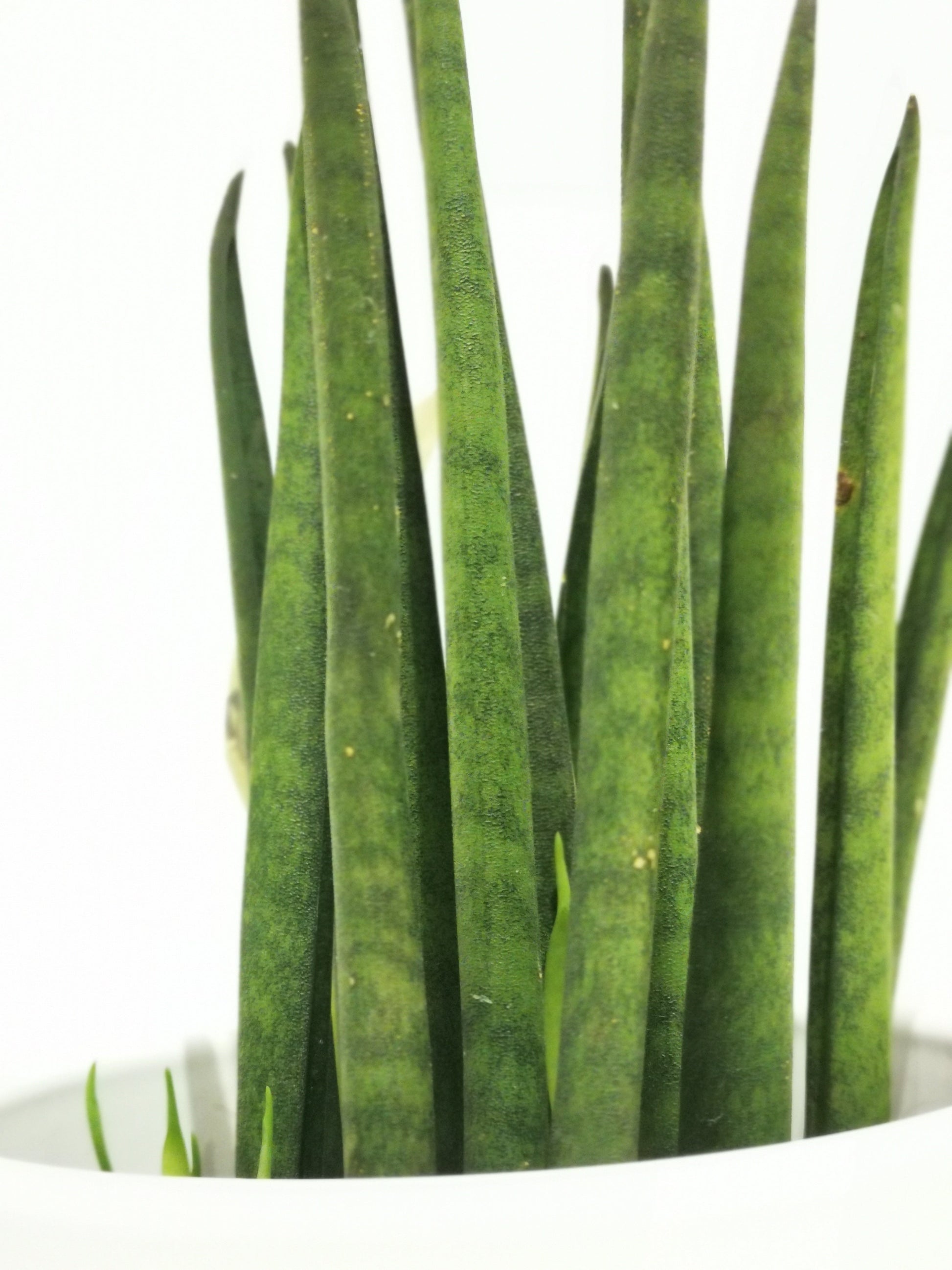Sansevieria bacularis
Sansevieria bacularis
Rated 4.9 ⭐ by 100 satisfied customers on Google
Currently in stock
Couldn't load pickup availability
- Home delivery throughout Belgium.
- Collection in Leuven possible
- A real gem for the living room
- Lifelong help for all your plant questions
The Sansevieria bacularis is a striking and architectural houseplant that will delight both novice and experienced plant lovers. With its slender, cylindrical leaves, it adds a playful touch to any room. This Mother-in-law's tongue variety requires little maintenance and exudes a calm, modern ambiance in your interior. Thanks to its air-purifying properties, you also create a healthier living environment.
How to care for a Sansevieria bacularis
Watering Sansevieria bacularis
Water your Sansevieria bacularis sparingly to prevent root rot. Allow the potting soil to dry thoroughly between waterings; a dry top layer is preferable for this succulent. In winter, one watering per month is sufficient, while in warmer months, you can water every four to six weeks. For added safety, you can add hydroponic clays or use the potting soil for aroids from our selection.
Light for Sansevieria bacularis
Sansevieria bacularis prefers a location with bright, indirect light. Direct sunlight can burn the leaves, while a shady spot is still possible, but growth will be slower. An east- or west-facing window is ideal for maintaining a balance between light and shade. As with the ZZ plant, you can place this Mother-in-law's tongue on a bright windowsill.
Common problems
Yellow leaves
Yellow leaves often indicate overwatering or poor drainage. Check that water isn't standing in the reservoir and, if necessary, replace the top layer of potting soil. Place your plant in a brighter location and reduce watering. Consult our tips on combating root rot for additional support.
Plant drips
Dripping Sansevieria bacularis usually means the humidity is too high or condensation is forming on the leaves. Move the plant a few meters away from the coldest windows and avoid chilly drafts. Afterward, water less and ensure good air circulation.
Pest insects
Welfare flies, thrips, or spider mites can nest on your snake plant. Regularly inspect the undersides of the leaves for small spots or webs. If infested, treat with our sticky traps against fungus gnats or a natural spray treatment.
Roots emerge from the bottom of the pot
When the roots grow out of the drainage holes, your Sansevieria bacularis is ready for repotting. Choose a slightly larger pot from our collection of houseplant pots . Change the potting soil at the same time for a healthy start. You can also use a standard pot or an Elho watering can at the same time.
Brown edges on the leaves
Brown leaf edges are caused by air that is too dry or water that is too hard. Increase the humidity with a plant mister or place a bowl of water nearby. Consider using filtered water or rainwater to prevent limescale buildup.
Frequently Asked Questions
Is Sansevieria bacularis poisonous?
Yes, like other species of mother-in-law's tongue, this plant contains saponins that can cause irritation to humans and animals if ingested. Therefore, keep it out of reach of pets and children. Browse our collection of non-toxic houseplants if you're looking for a safe option.
What different types of Sansevieria can you buy?
The Sansevieria family offers numerous varieties, each with its own unique leaf markings and growth habit. Below are a few of our favorites:
- Sansevieria trifasciata 'Laurentii' (the classic mother-in-law's tongue)
- Sansevieria cylindrica (coagulated bamboo garlic)
- Sansevieria zeylanica (tight stripe on dark green leaf)
- Sansevieria moonshine (light green variety)
- Sansevieria futura superba (broad, curled leaves)
- Sansevieria hahnii (compact, like a rosette)
- Sansevieria parva (narrow, modest stems)
Explore our complete collection of Sansevierias for more inspiration.
With the Sansevieria bacularis, you'll bring a strong, low-maintenance eye-catcher into your home. Order today from our website and enjoy fast delivery in Belgium or pick-up in Leuven. Need additional advice? Our plant experts are always ready to answer all your questions and provide lifelong support .
Share
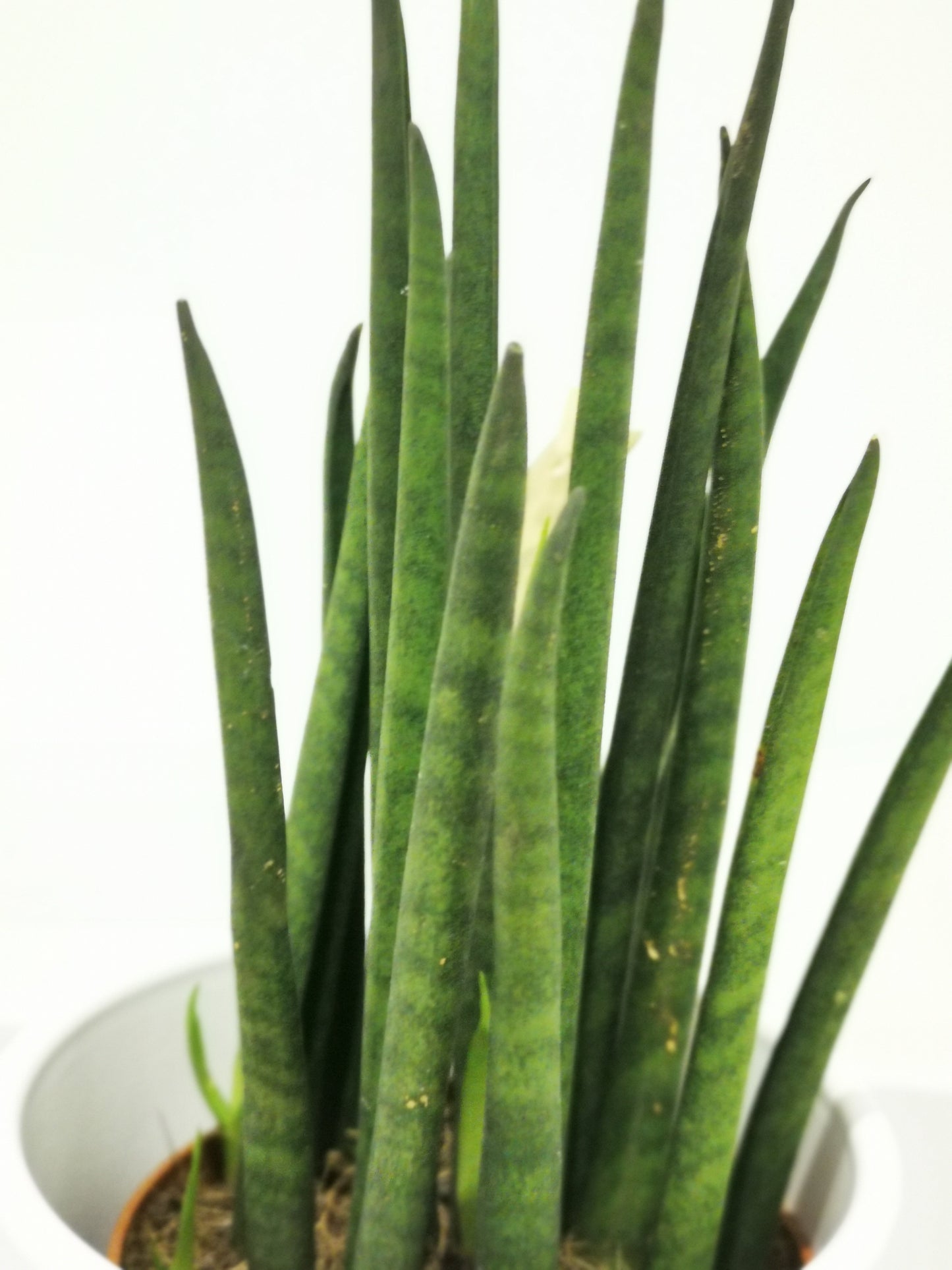
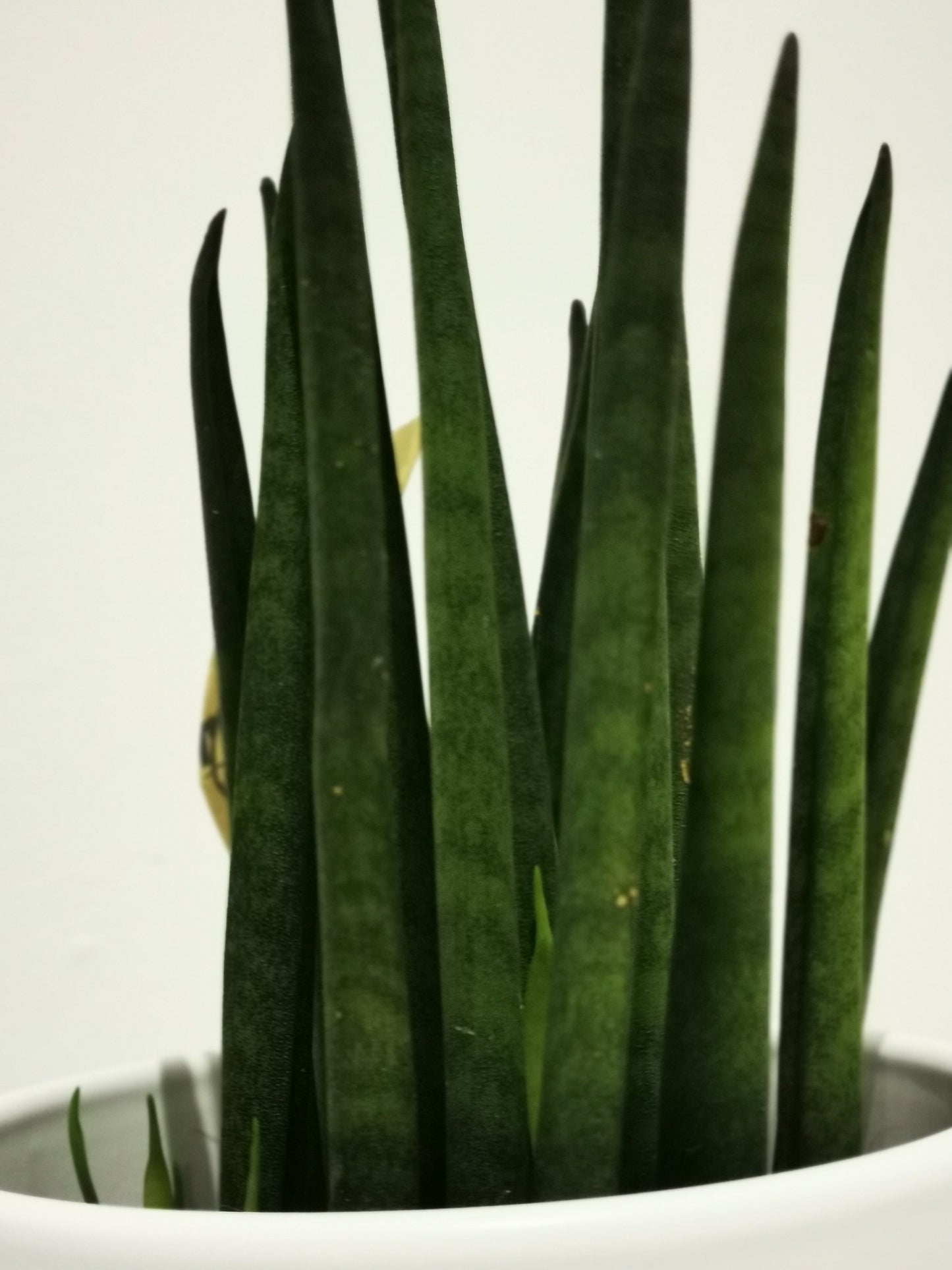
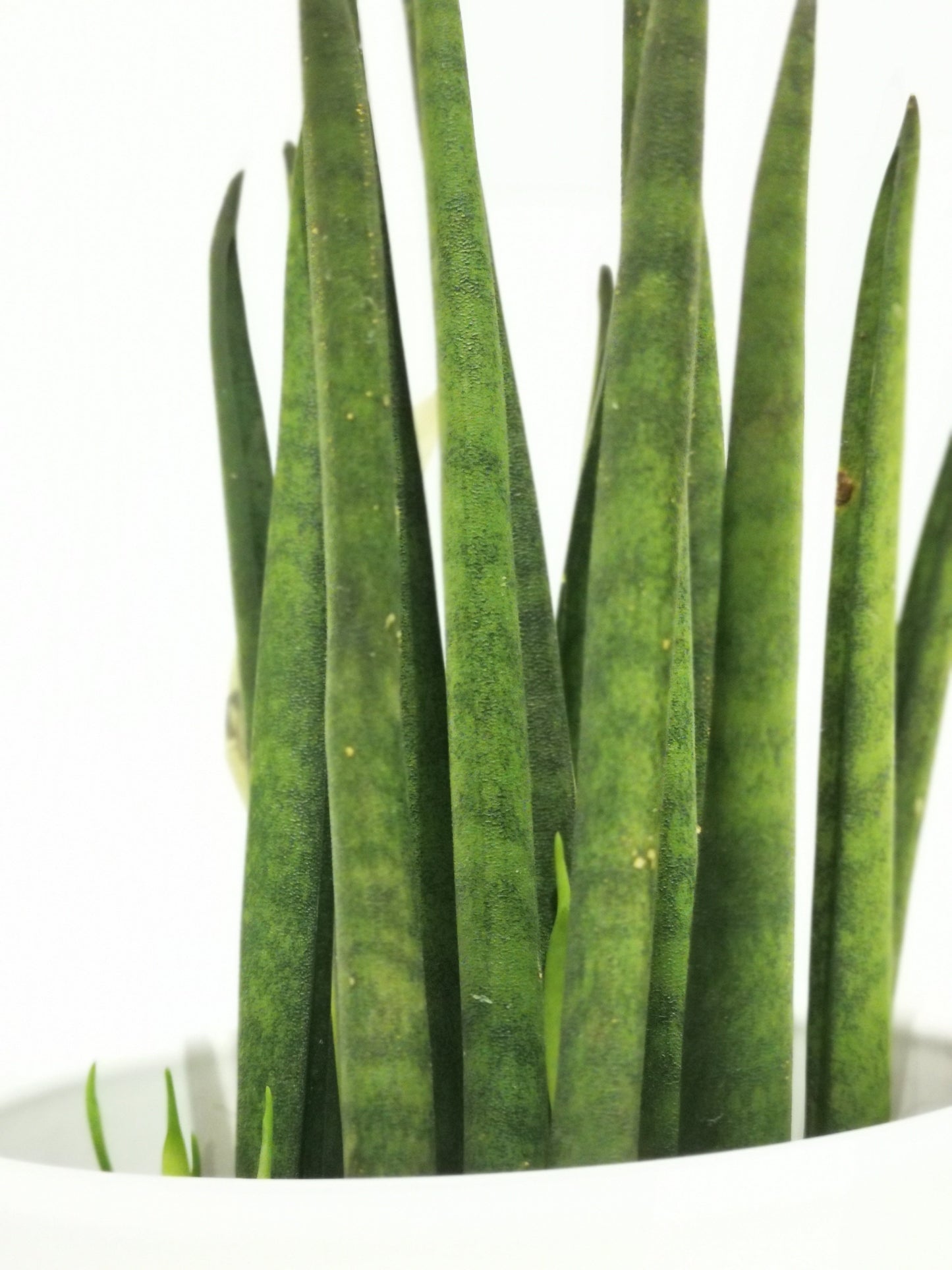
Frequently Asked Questions
How do you ship plants?
We always ship our plants well packaged and safely.
We do not ship on cold days and we also try not to ship during the weekends. This way plants are always in suboptimal conditions for a minimum time.
What is your shipping policy?
You can read our shipping policy here.
What payment methods do you accept?
We accept various payment methods online such as Bancontact, Visa, Mastercard, Paypal.
You can also pay with Ecocheques in our store in Leuven.
Can I return the products?
You can read our returns policy here.
Where do your plants come from?
Our plants always come straight from the grower to our shop. With minimal stops we prevent pests and diseases and keep the chain short!
Collections
-
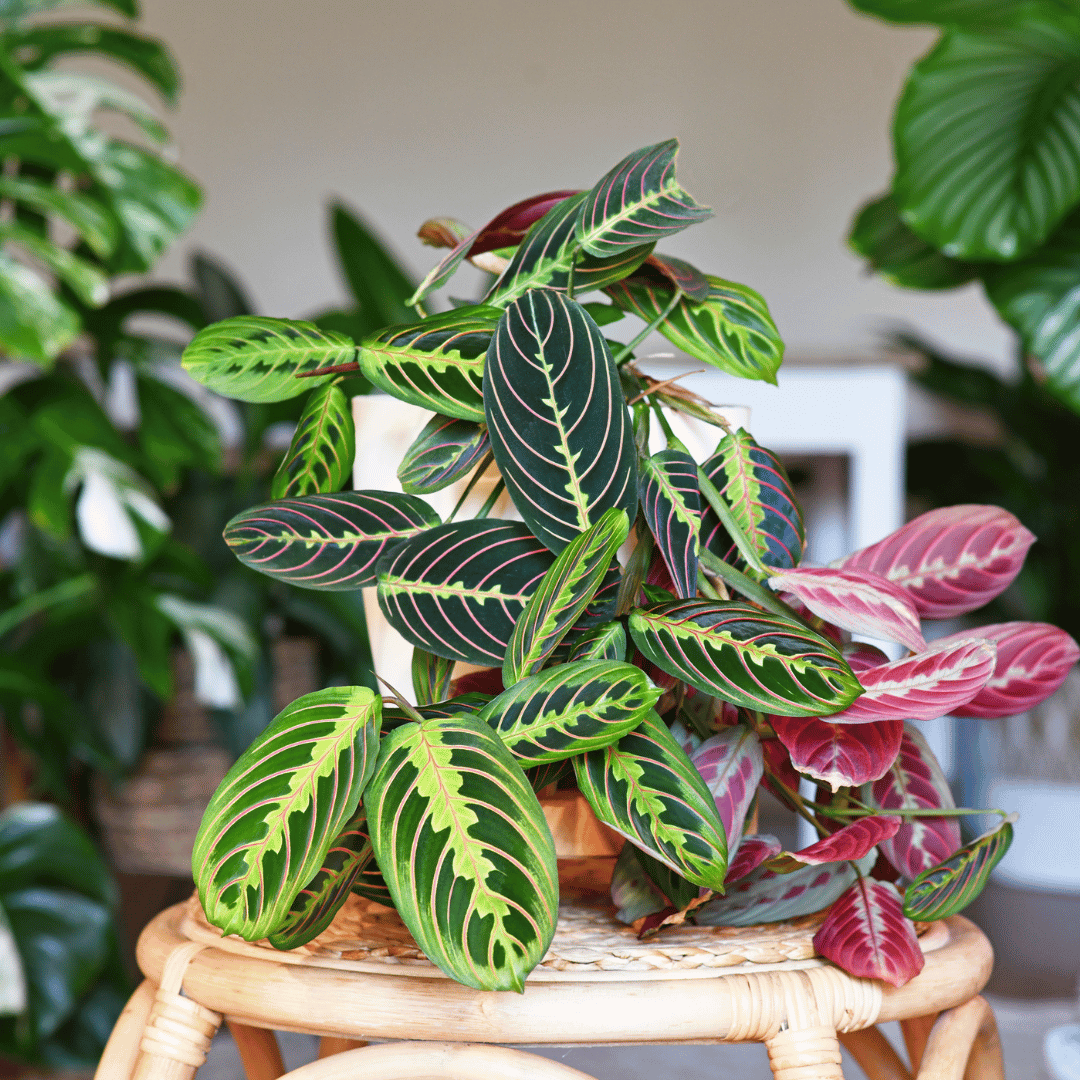
Buy Maranta's
Discover the unique charm of our collection of Maranta plants. With their...
-
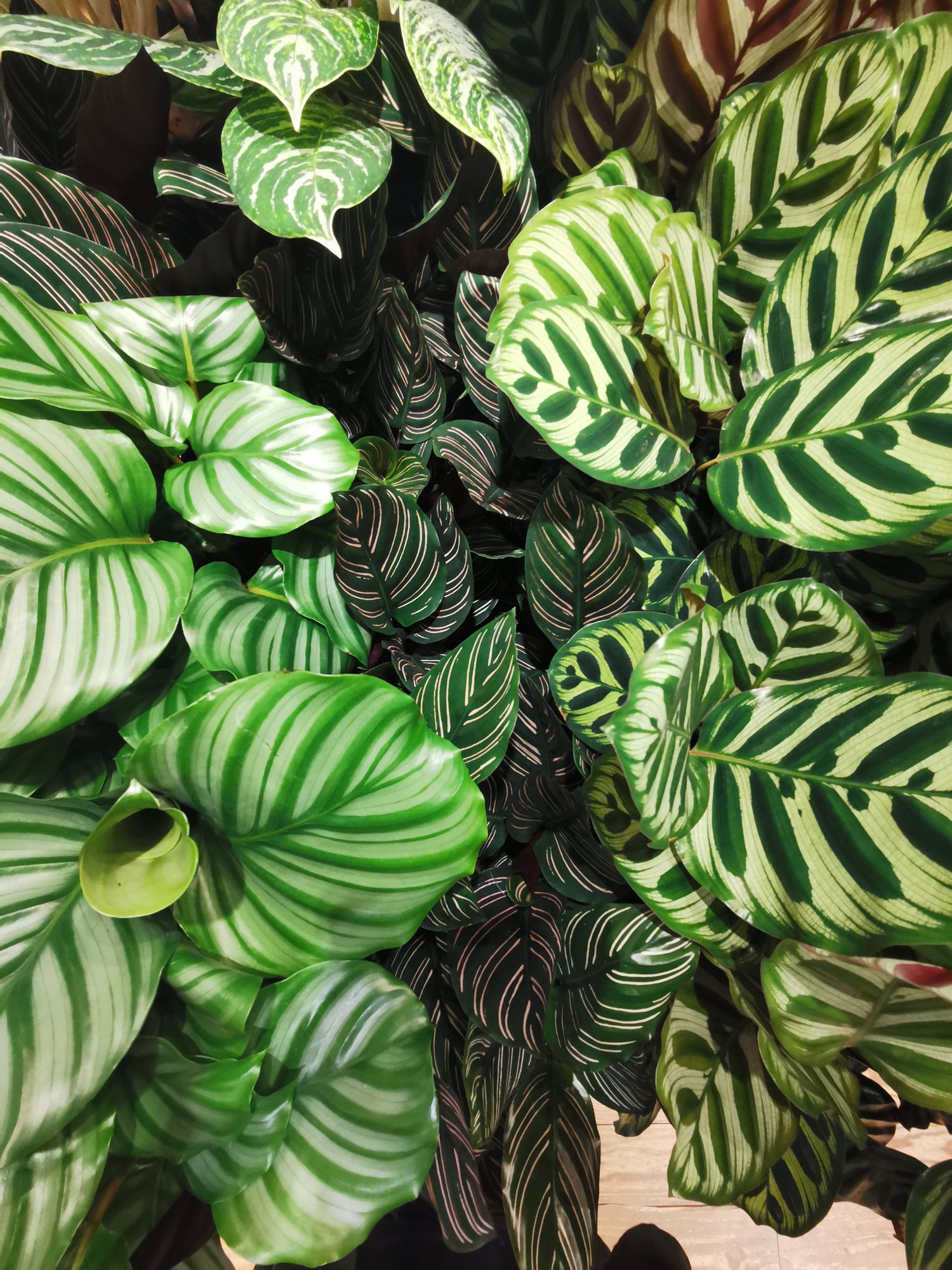
Buy Calathea
Are you looking for a beautiful and unique houseplant that will purify...
-
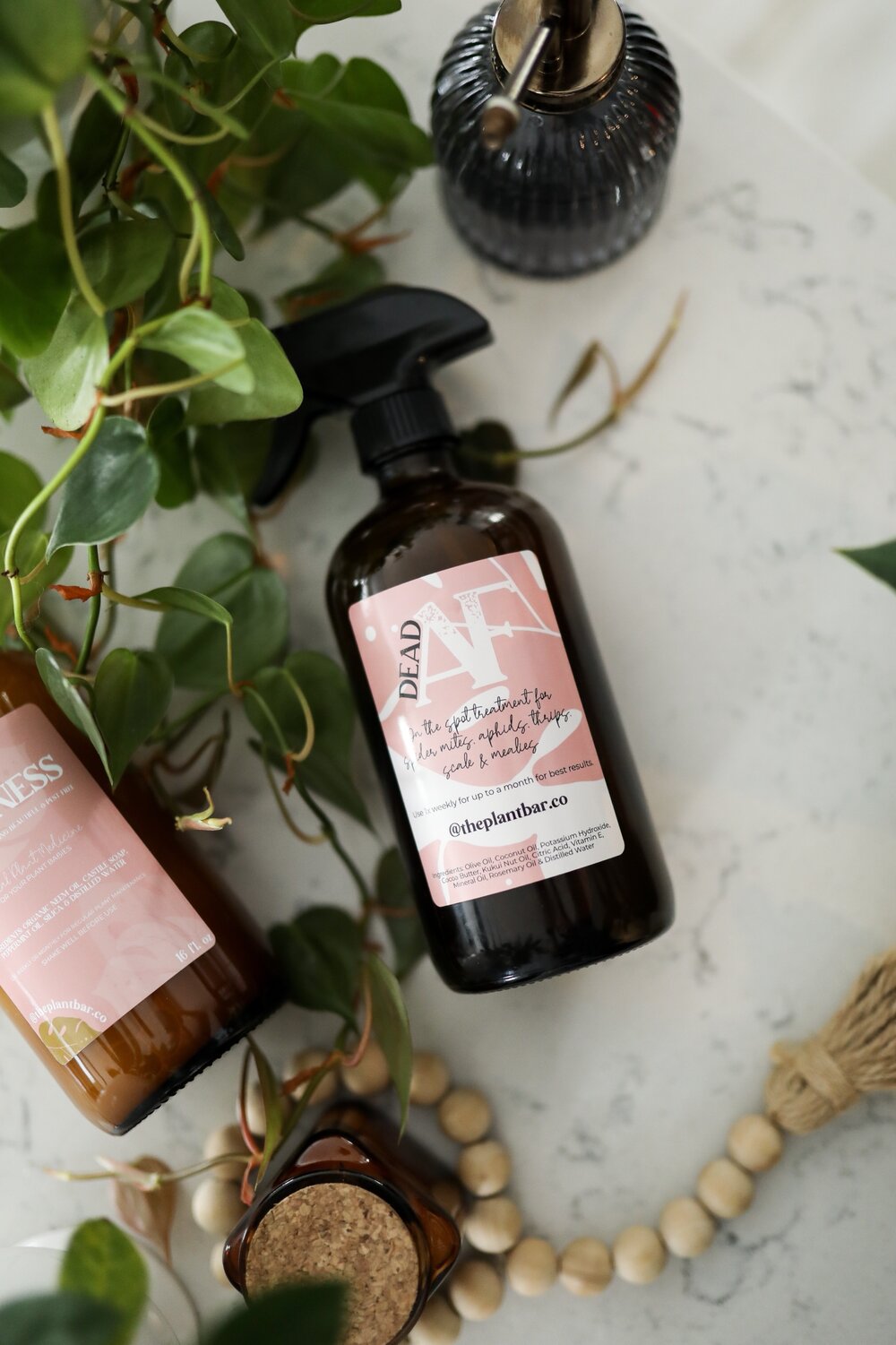
Accessories for Plant Lovers
In our store we have a wide variety of accessories to help...

